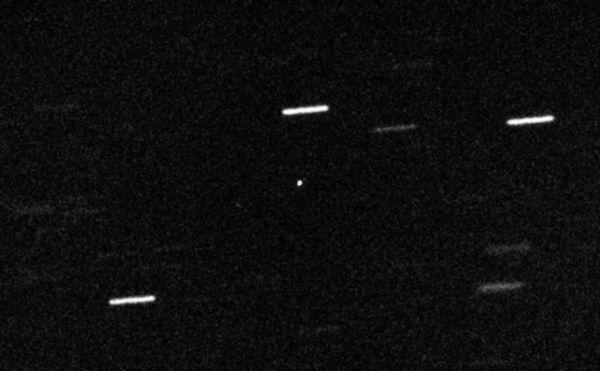
www.space.com
An alien machine already visited us, Harvard astrophysicist still contends
Harvard astrophysicist Avi Loeb has reignited a debate about whether alien life can explain an object that visited the solar system in 2017 in a scathing new book.
Science & Tech
Harvard astrophysicist Avi Loeb says he has found good evidence for alien technology in the solar system, what could be called alien garbage, and that some other scientists don't take his ideas seriously because of "groupthink."
In his new book "Extraterrestrial: The First Sign of Intelligent Life Beyond Earth" (Houghton Mifflin Harcourt), set to be published Jan. 26, Loeb describes his journey to a radical position on the strange interstellar visitor that’s been dubbed 'Oumuamua — a cigar- or disc-shaped object that whizzed through our solar system in 2017.
When 'Oumuamua flashed through the sun's neighborhood in 2017, scientists didn't get a very good look at it, as it moved through so quickly. But even with those disadvantages, observers noted several anomalies. Loeb published a paper in 2018 arguing that the data showed an object unlikely to exist in nature: a wide, super-thin disk being pushed by sunlight and moving 16 miles per second (26 kilometers per second) through interstellar space relative to the sun. The solar system, according to Loeb, was possibly being visited by an alien light sail — possibly one that had been thrown out like technological trash by an intelligent alien civilization. He has consistently defended this idea in the years since, even as the wider scientific community has settled on the view that the object was probably natural.
In "Extraterrestrial," Loeb makes his case for the alien interpretation of ‘Oumuamua, while responding to the bulk of the scientific community that leans toward more mundane, natural explanations.
'Oumuamua's biggest anomalies, which Loeb says are most important to the case for its alien origin, are its shape, its shininess and the way it moved.
























































